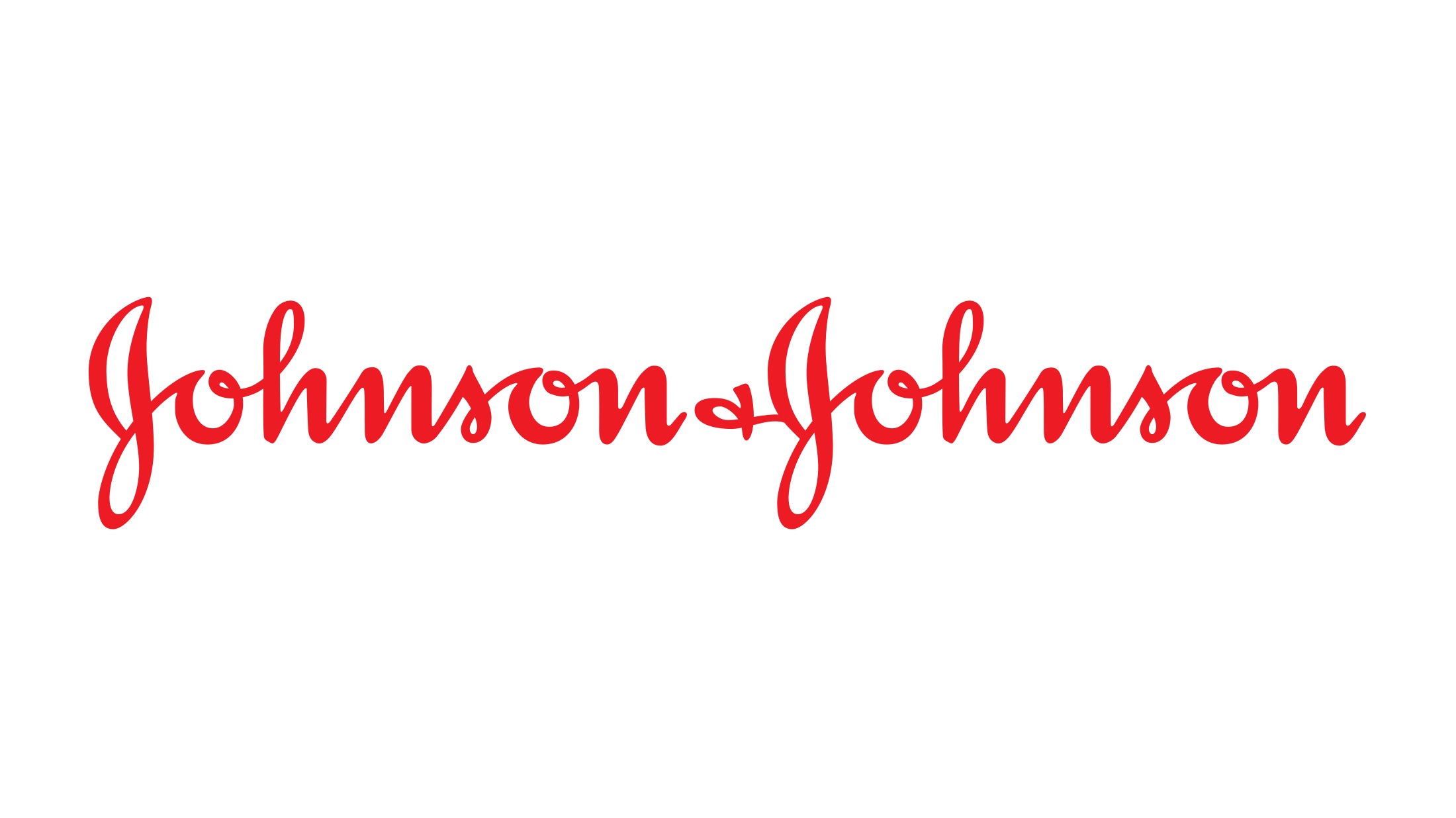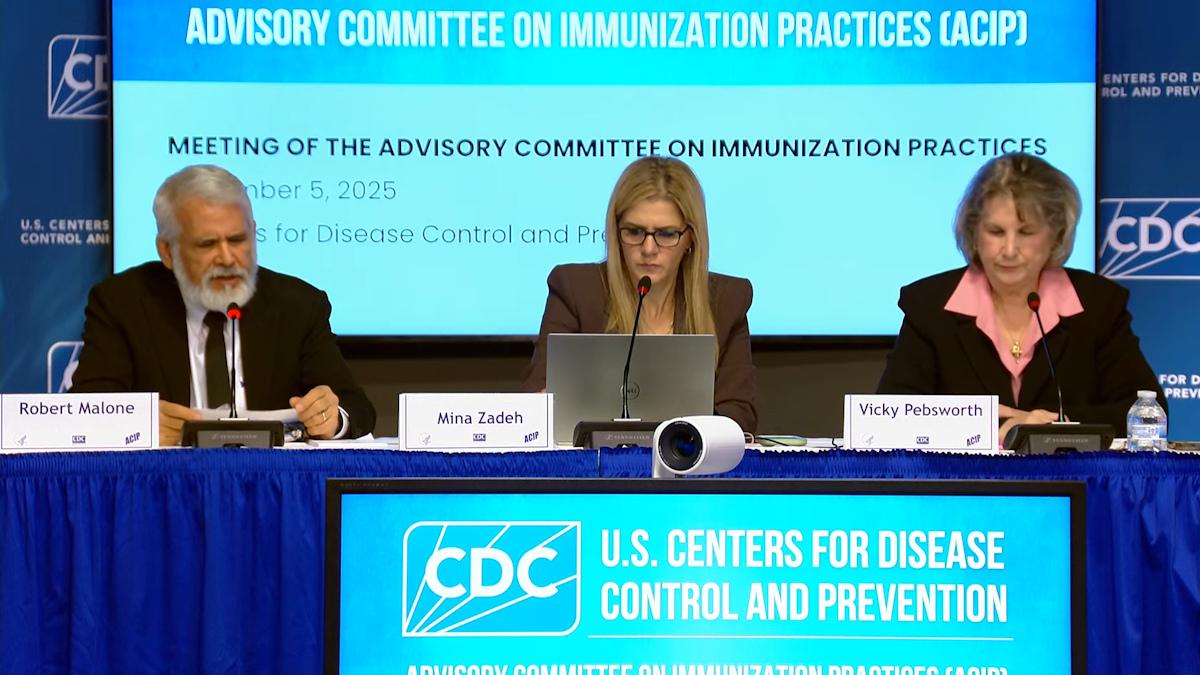Janssen's depression drug shows promise in phase 2

Ketamine may be best known as an anaesthetic illegally used as a party drug, but Janssen has shown that it could also be reformulated and used as a treatment for depression.
The Johnson & Johnson unit has redeveloped it using the “left handed” chemical configuration of the molecule, known as esketamine.
And phase 2 results published over the Christmas break showed an improvement in depressive symptoms compared with intranasal placebo.
Trial results published in JAMA Psychiatry showed a significant, clinically meaningful and rapid improvement in depressive symptoms in patients with treatment-resistant depression, the company said.
During the study, all participants continued to take the oral antidepressants, considered to be standard of care, that they were taking at study entry.
Change in the Montgomery-Asberg Depression Rating Scale (MADRS) total scores, measured in the study, demonstrated the improvement in patients' depressive symptoms. Decreases in MADRS total score indicate clinical improvement.
Sales estimates for esketamine have been pegged at up to $3 billion by Jefferies, which has cited the drug’s nasal administration as a major plus point.
However there are drawbacks due to hallucinatory side-effects reported in trials. Janssen concedes that “perceptual changes/dissociative symptoms” did occur in a small minority of patients, but says these were transient and subsided within a few hours of dosing.
The antidepressant effect was observed with all three doses studied in the trial of 126 patients, evident as early as two hours post dose, and was dose related.
Symptom improvement was observed after one week with intranasal esketamine for all three doses (28 mg, 56 mg and 84 mg), administered twice weekly, with a significant ascending dose-response relationship.
Improvement appeared to be sustained with reduced dosing frequency for up to nine weeks in the open label treatment phase.
The study drug was provided in disposable nasal spray devices containing 200 μl of solution – two sprays – and administered under the supervision of a health care professional.
Phase 3 trials in treatment-resistant depression, and patients with major depressive disorder at risk of suicide are ongoing.












